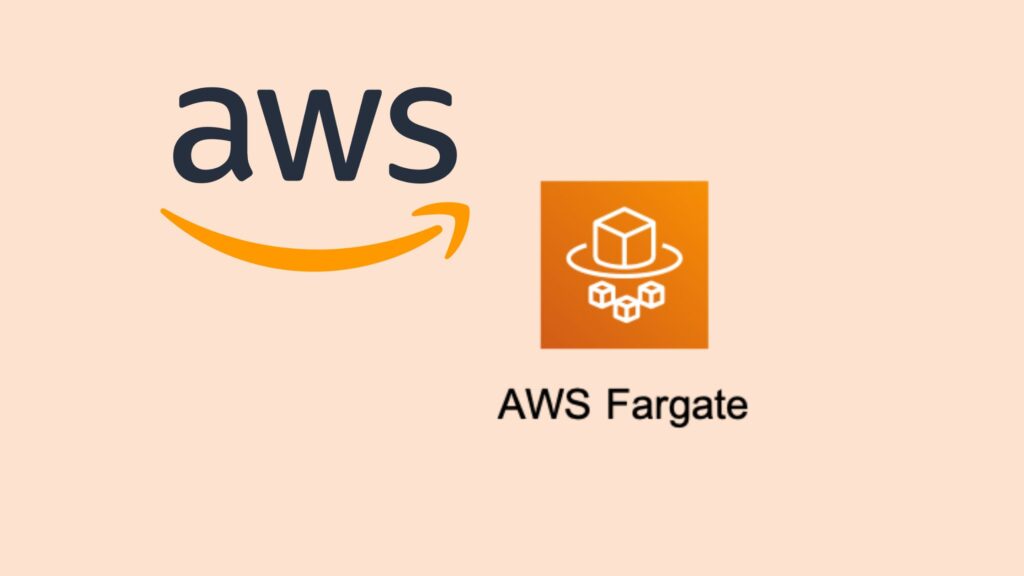These questions should help you prepare for an interview related to AWS Fargate.
- What is AWS Fargate, and how does it differ from Amazon EC2?
AWS Fargate is a serverless container orchestration service that allows you to run containers without having to manage the underlying infrastructure. It is designed for running Docker containers and is fully compatible with Amazon ECS and Amazon EKS. Unlike EC2, Fargate abstracts away the infrastructure management, allowing you to focus on your application and container tasks.
- Can you explain the key components of AWS Fargate?
The key components of AWS Fargate are:
- Task Definitions: Define the container images, resource requirements, and other configurations for your application.
- Tasks: Instantiations of task definitions that run in Fargate.
- Services: Used to maintain a specified number of tasks running at all times, enabling load balancing and auto-scaling.
- Clusters: Logical grouping of tasks and services.
- How do you monitor AWS Fargate applications?
You can monitor Fargate applications using Amazon CloudWatch for logging and metrics. CloudWatch provides detailed performance metrics and logs for your Fargate tasks and services, which can be used to set alarms and triggers for scaling actions.
- What are the networking options available in AWS Fargate?
AWS Fargate supports two networking modes: awsvpc and bridge. In awsvpc mode, each task gets its own network interface and elastic IP address. In bridge mode, tasks share a network namespace with the underlying host.
- How do you secure AWS Fargate tasks?
You can secure Fargate tasks using security groups, IAM roles, and task-level policies. Security groups act as a virtual firewall, controlling inbound and outbound traffic to your tasks. IAM roles can be assigned to tasks to grant specific AWS resource access, while task-level policies allow you to set fine-grained permissions.
- How does AWS Fargate handle container storage?
AWS Fargate supports the use of EFS file systems for persistent storage. Fargate tasks can be configured to mount EFS file systems, allowing containers to share data across tasks and persist data beyond the lifecycle of a single task.
- How do you deploy an application using AWS Fargate?
Deployment can be done using AWS Management Console, AWS CLI, or AWS SDKs. You’ll need to create a task definition, create a cluster (or use the default one), and then create a service with the desired number of tasks.
- Can you use AWS Fargate with Amazon EKS?
Yes, AWS Fargate can be used as a launch type for Amazon EKS, allowing you to run Kubernetes workloads without managing the underlying infrastructure.
- How does AWS Fargate handle auto-scaling?
Auto-scaling in AWS Fargate is achieved by integrating with Amazon ECS and Amazon EKS services. You can set up target tracking scaling policies based on CloudWatch metrics, such as CPU or memory utilization, to automatically scale the number of tasks in a service.
- What are the cost considerations for using AWS Fargate?
With AWS Fargate, you pay for the vCPU and memory resources used by your tasks. Pricing is based on per-second billing, with a 1-minute minimum. It’s important to properly size your tasks and optimize resource usage to control costs effectively.


